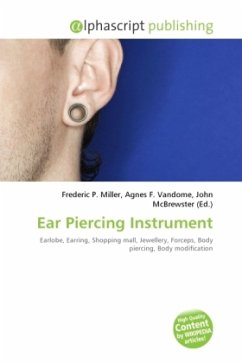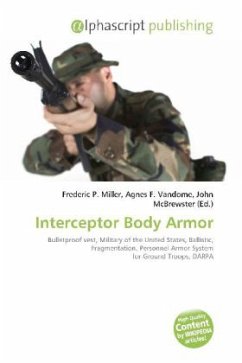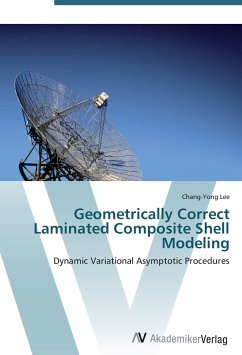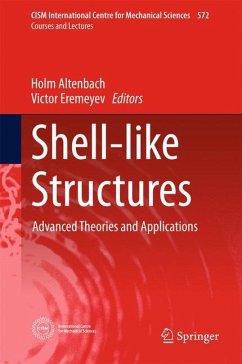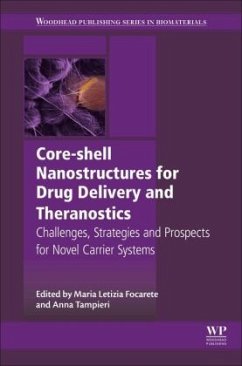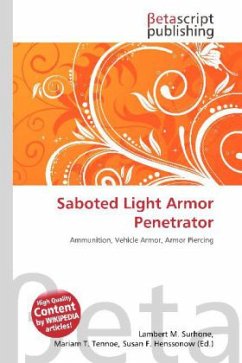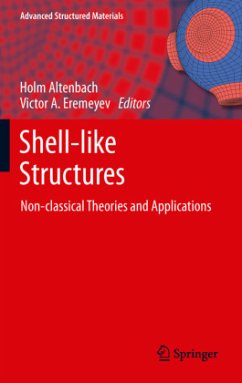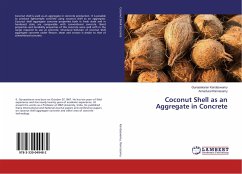
Armor-piercing shot and shell
Versandkostenfrei!
Versandfertig in 6-10 Tagen
23,99 €
inkl. MwSt.

PAYBACK Punkte
12 °P sammeln!
High Quality Content by WIKIPEDIA articles! An armor-piercing shell is a type of ammunition designed to penetrate armor. From the 1860s to 1950s, a major application of armor-piercing projectiles was to defeat the thick armor carried on many warships. From the 1920s onwards, armor-piercing weapons were required for anti-tank missions. An armor-piercing shell must withstand the shock of punching through armor plating. Shells designed for this purpose have a greatly strengthened case with a specially hardened and shaped nose, and a much smaller bursting charge. Some smaller-caliber AP shells hav...
High Quality Content by WIKIPEDIA articles! An armor-piercing shell is a type of ammunition designed to penetrate armor. From the 1860s to 1950s, a major application of armor-piercing projectiles was to defeat the thick armor carried on many warships. From the 1920s onwards, armor-piercing weapons were required for anti-tank missions. An armor-piercing shell must withstand the shock of punching through armor plating. Shells designed for this purpose have a greatly strengthened case with a specially hardened and shaped nose, and a much smaller bursting charge. Some smaller-caliber AP shells have an inert filling, or incendiary charge in place of the HE bursting charge. The AP shell is now little used in naval warfare, as modern warships have little or no armor protection, but it remains the preferred round in tank warfare, as it has a greater "first-hit kill" probability than a high explosive anti-tank round, especially against a target with composite armor, and because of higher muzzle velocity, is also more accurate than a HEAT round. Armor-piercing cartridges are also available as small arms ammunition, primarily for use as an anti-matériel round.



